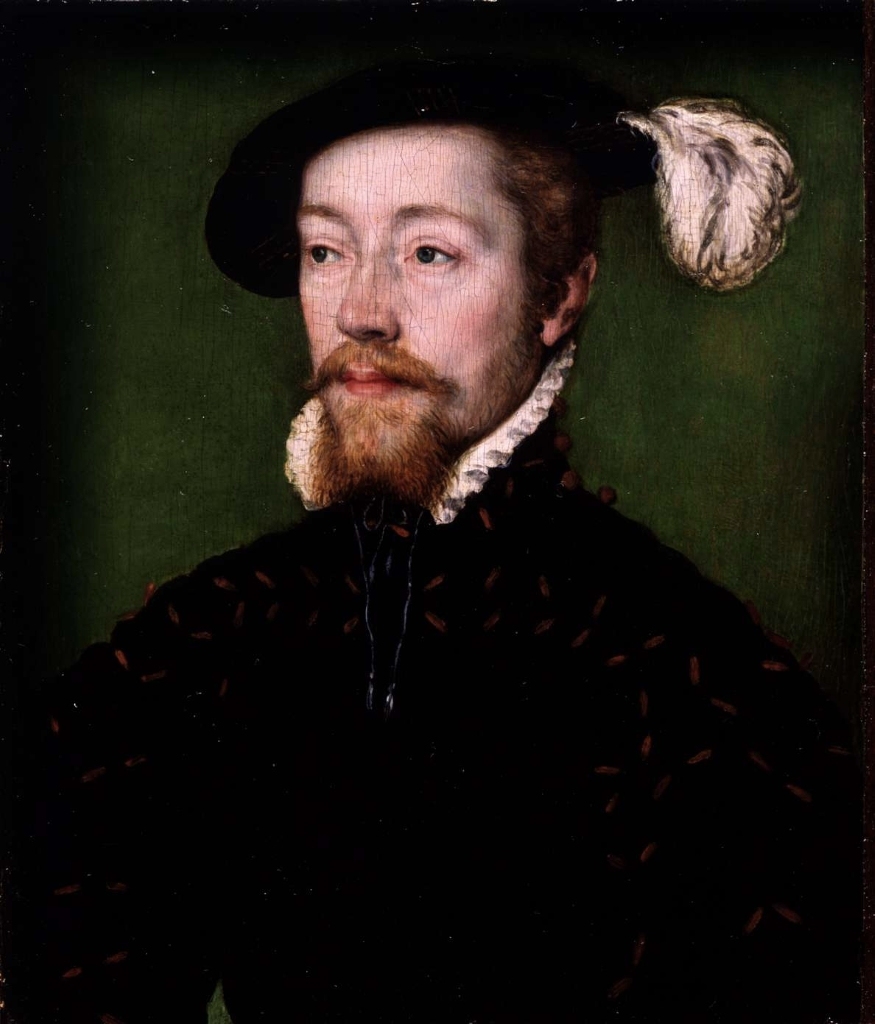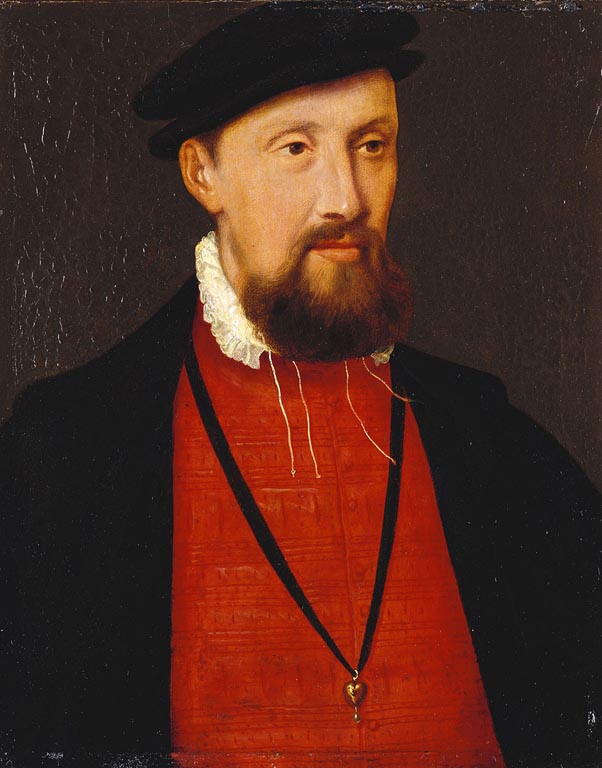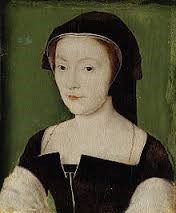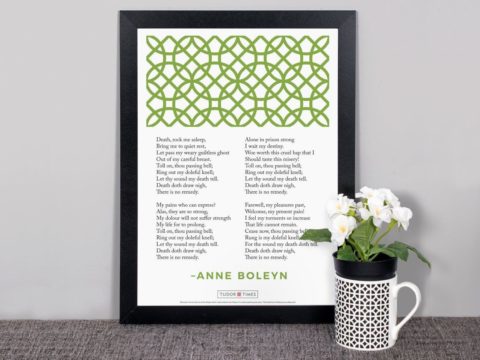Regent Moray: Life Story
Chapter 1: Early Life
King James V of Scotland was notorious for the number of mistresses he had. One of the women to whom he seems to have been most closely attached was Margaret Erskine. Margaret was the daughter of John, 5th Lord Erskine, an important member of James V’s court and a close advisor of the King. He so well regarded by the King that, in 1535, he had been sent by James to fetch the insignia of the Order of the Garter, bestowed on the King by his uncle, Henry VIII.

The fact that Margaret was the King’s mistress did not seem to trouble her father in the slightest. It was common for Scottish kings to have mistresses amongst the ranks of the nobility, and no-one seems to have thought the worse of the ladies. In this case, Margaret had more than just her father to consider. In 1524, or possibly 1527, long before she became involved with James, she had married Sir Robert Douglas of Lochleven, by whom she had several children.
The presence of a husband was no more of an impediment than that of a father and in around 1531 Margaret bore King James a son. In common with the practice of Scottish kings who had no reservations about acknowledging their illegitimate children, the boy was known as Lord James Stewart. King James already had an older illegitimate son, by Elizabeth Shaw, also called James Stewart, and would have more children by different mothers.
Despite his other amours, King James seems to have genuinely loved Margaret – so much so that in 1536, he considered marrying her. The Treaty of Rouen signed with France in 1519 when he was a mere seven years old, had provided for James to marry a French princess, but by 1536 King François of France was showing signs of reneging on the deal. He was reluctant to allow his daughter Madeleine, who was of uncertain health, to travel to damp Scotland. James, taking umbrage at this lack of respect for his position, decided that marriage to a woman who had already borne him a son might be the answer.
Had Margaret been unmarried at the time, all might have been well but Sir Robert Douglas was still alive. King James arranged an annulment of the Douglas marriage by the Scottish bishops which was easily granted, but he still needed a Papal dispensation to marry Margaret. Unfortunately, the Pope would not grant the necessary consent. King James, perhaps taking note of the turmoil into which Henry VIII’s life and realm had been thrown by an attempt to marry without papal blessing, decided to accept Pope Paul III’s ruling and put aside any thought of marrying Margaret Erskine - although it was rumoured in July 1536, that they had married, and the lady later maintained that she was, indeed, his wife. However, since she did not say anything until after the King’s death, and he proceeded to marry twice, it does not seem likely that there was any valid marriage between them.
Having given up the idea of marrying Margaret and legitimising Lord James, the King was still mindful of his obligations towards the boy. On 31 August 1536, he was granted lands, including the castle at Tantallon – confiscated from the Earl of Angus, the King’s hated step-father. Two years later, Lord James was named Prior of St Andrews, despite being only seven years old. This practice of the Scottish Kings of giving high Church offices to their illegitimate offspring was one of the most blatant elements of corruption in the Scottish Church prior to the Reformation.

Lord James seems to have been brought up largely at his father’s court. The King’s marriages, first, to Madeleine of France, and second, to Marie of Guise, in no way interfered with the King showing his affection for his son. Lord James seems to have shared a household with his illegitimate half sister, Lady Jean Stewart, daughter of Elizabeth Beaton; the other Lord James Stewart, now Abbot of Kelso; Lord Robert Stewart, Lord Alexander Stewart and Lord John Stewart (the prevalence of illegitimate scions of the royal house explains the extraordinary plethora of families named Stewart in 15 th and 16th century Scotland, who are hard to disentangle).

There are records in King James’ accounts for Lord James’ maintenance – including expensive fabric for clothes. Black velvet, grey satin from Venice, and fine linen were all delivered to the King’s own master tailor for clothes, hats, shoes and hose. As a son of the king he was permitted to wear purple velvet and have fur trimmed clothes. As two of the King’s illegitimate sons were called James it can be difficult to be certain who was receiving what but there can be no doubt that King James treated all his off-spring generously. Three servants are mentioned serving Lord James, Walter Bell, Donald Beg and Janet Ferguson, who was Lord James’ laundress, and a cook, Thomas Dury.
As only one of so many illegitimate children, and not the eldest, Lord James cannot have had any idea when he was a child of being named his father’s heir, especially when Queen Marie of Guise had two sons in quick succession. Although both boys died as infants in April 1541, the Queen was soon pregnant again, giving birth to a daughter, Mary, on December 8 1542.
Lord James Stewart
Family Tree






